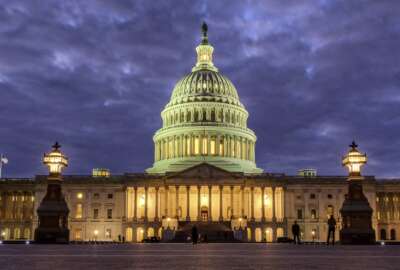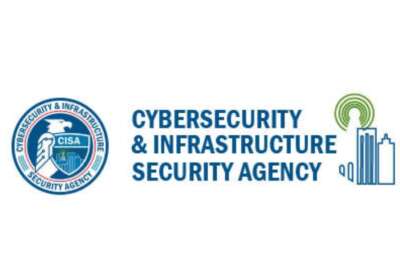GSA uses reverse energy auctions to save money
General Services Administration is teaming up with other agencies to solicit bids from energy providers via online auctions. GSA\'s New England Region administrator...
wfedstaff | June 4, 2015 4:48 pm
The General Services Administration has found a way to save about $4 million annually by using a unique tool — online auctions. Through the use of something called a reverse auction, GSA’s New England Region expects to save 40 percent on energy costs to federal facilities across four states.
“Basically, we’re talking about a ‘reverse e-Bay for electricity,’ if you will,” said Robert Zarnetske, New England Region administrator at GSA. “We worked with a vendor and identified various properties that the federal government maintains here in New England, and we bundled those properties, put them out there on a website and let electricity suppliers tell us what their best price would be.”
Zarnetske told The Federal Drive with Tom Temin Wednesday morning that his office has partnered with the State Department, the Bureau of Prisons, the American Red Cross and Veterans Affairs in the auctions in Connecticut, Maine, New Hampshire and Rhode Island. He added that New England is just one of the regions GSA is conducting the reverse-auction program in with the help of World Energy Solutions, the auction service provider. 
“Having access to the information and making sure that everybody has the chance to participate in the online bidding is a key component to this program,” Zarnetske said.
Another factor facilitating the auction is the predictability of energy consumption.
“The idea here is that we bundle facilities that are associated with one another along a whole series of programmatic lines,” Zarnetske said. “Those facilities are bundled and the bidder has the opportunity to decide which bundle of facilities they’re going to handle.”
The reverse-auction program has been praised for allowing the market to analyze the data and come up with its best price.
“It’s testing what the market is willing to do in terms of finding or helping us find savings,” Zarnetske said. “This isn’t the government coming in and trying to regulate the market and say ‘this is what we’re going to pay and no more.’ This is the federal government going out and saying ‘OK, what’s the best you can do?'”
The incentive for the energy provider to participate is the guaranteed government contracts.
“Once they’ve offered up their best price, and they’ve already determined what the price point is where they’re going to make a profit, because we give them the information about what the anticipated consumption is going to be, they’ve got a guaranteed revenue stream,” Zarnetske said. “They know what they’re going to get, and they know how profitable they’re going to be for the two-year contract period.”
Zarnetske acknowledged that the reverse-auction program only addresses savings from the supply end of the equation. It doesn’t help GSA to find savings by reducing its energy consumption. Even so, the GSA is requiring 7.5 percent of the electricity sold to the agencies be produced using renewable energy sources.
According to Zarnetske, GSA has also had great success using the reverse-auction formula in purchasing natural gas for its facilities.
“We’re always looking to share our successes and talk to folks about how they can join us in future auctions,” he said. “It’s just a matter of engaging GSA in the conversation.”
Copyright © 2024 Federal News Network. All rights reserved. This website is not intended for users located within the European Economic Area.
Michael O’Connell is senior digital editor of Federal News Network optimizing content for the best user experience. Follow @moconnellWFED
Follow @moconnellWFED






